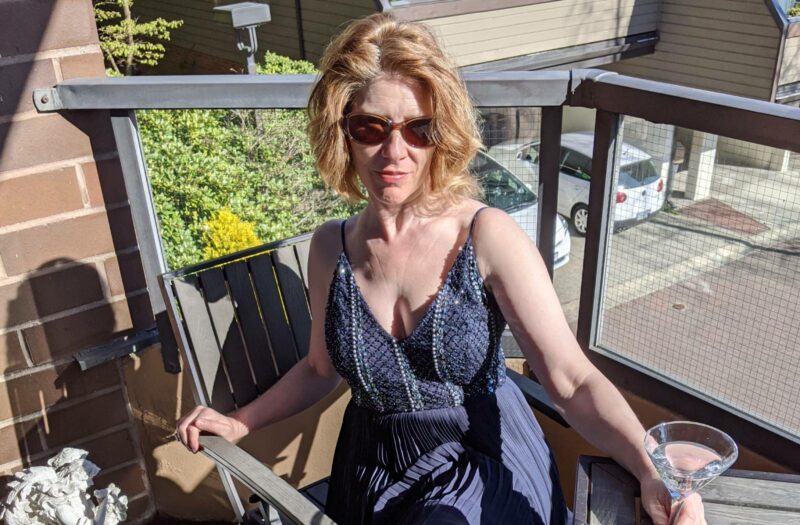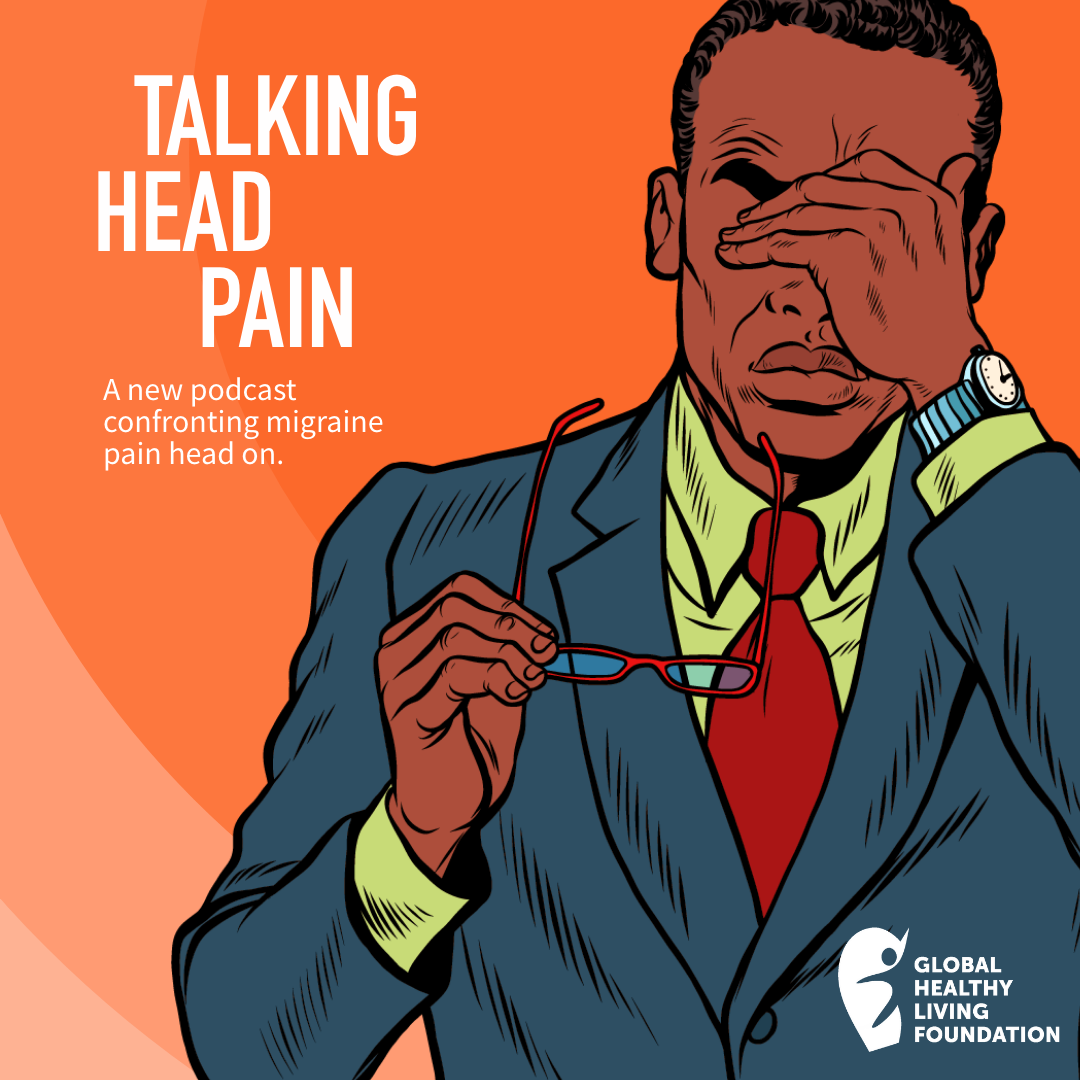She sits on the patio, the sun highlighting the blonde streaks in her ginger hair. She sits as though she has the world at her feet, dressed in a beaded cocktail dress that emphasizes her fair skin. She holds a martini in her left hand, enjoying the good things in life. She is as bold as she is vivacious, and she appears healthy, happy, and confident. She may be on vacation; she may be celebrating her latest accomplishment. You don’t know it by her appearance, but there’s something else you can’t see when you look at her.
The Unexpected Diagnosis
That girl in the cocktail dress is me, and the thing you cannot see is the disease I fight.
I never thought rheumatoid arthritis (RA) would be a part of my life. I never thought it could happen to me. Why would it? I was a dancer: young, healthy, and fit. There was no history of RA in my family — at least none that I was aware of. A memory of my grandmother’s misshapen hands tells a different story, but my hands don’t tell the same one. At a cursory glance, they look as normal as those of any healthy individual.
No one can see the pain in my joints; no one can see the heat of inflammation running through my blood.
Arthritis is often called an invisible disease because most of the time we can’t see it. The lack of visual verification makes it difficult to understand a disease that can strike anyone at any age.
Invisible Illness: What You Don’t See
The streets of downtown Vancouver are filled with people dashing over narrow sidewalks, dodging one another, racing across intersections to gain that extra 30 seconds in their day. Caught up in the chaos of their lives they rarely notice that one individual trapped in the current. The man in his early thirties tentatively lifting a cup of coffee to his lips, the hot liquid spilling over his shaky hands. The young girl, barely 20 years old, hobbling along the sidewalk with a cane, her sneakers scuffing through the dry red leaves. The teenager staring through the store windows at a silver pair of dainty heels while her thick orthopaedic shoes peek out from under her delicate dress. The little boy sitting on the sidelines at the playground watching a group of kids play basketball, while his fingers rub the surface of the hard plastic braces covering his hands.
How often do we see them in the mindless hub of our own busy lives? And even in the face of our own disease, do we recognize the face of arthritis in others?
Behind the ‘Smokescreen of Wellness’
The West Coast is the embodiment of health and wellness. There are joggers on the seawall, cyclists on bike paths, hiking in the mountains and swimming in the ocean. There’s kayaking, hot yoga, tennis, soccer, and football. Our mild weather offers heaps of options for outdoor physical activity all year round.
The appearance of this healthy society makes life with an invisible disease challenging, and that’s why it’s so important to bring it out of the shadows and into the light.
The faces of arthritis are always in sight, but they are not easy to recognize. No matter how long I have struggled with arthritis, or how many people I meet on my journey, I am always amazed at how little arthritis is understood.
Arthritis is as unpredictable as it is invisible, and we often don’t know how we’ll feel from day to day. It can be difficult to explain a sudden change of plans to family and friends. It can be challenging to plan our days around work and family obligations. It can be intimidating explaining to our employers why we couldn’t come to work or didn’t complete a task on time.
No one can see the struggles we navigate behind the smokescreen of wellness.
Talking about our experience and sharing our stories around our disease builds understanding and compassion in our community. It empowers us to create an identity beyond the confines of our illness. It teaches us to stand up for ourselves.
Celebrating Our Triumphs
A fierce wind blows in the wee hours of the morning announcing the official arrival of fall. The turbulent skies suggest a storm is coming, but then suddenly the clouds part, revealing a midnight sky with pin pricks of starlight.
Just like that girl in the cocktail dress, things are not always as they appear.
For me, arthritis awareness is not just about recognizing the debilitating aspects of the disease, although that is so important.
It’s also about highlighting the victories and accomplishments. There are many shining stories of success in the chronic illness community. You might not recognize them because they’re not always obvious — and that’s just another example of invisibility.
Our lives change with a new illness, but they don’t have to change for the worse. Living with arthritis is not the same today as it was 50 years ago. There are many choices for treatments. With the help of medical professionals, such as physio and occupational therapists, we are learning how to manage our day to day with arthritis. We have specialists and research scientists always working to find us a better life, and we have a community of patients and advocates sharing their stories.
Being open about our experiences can educate others about our disease, help those who might be struggling, and show them that it’s possible to live well with chronic illness. It just may look a little different.
Adjusting to my own diagnosis has been an exercise in patience and resilience. It forced me to slow down and focus on the little things, to really live in each moment, a constant reminder of how privileged I am to be alive. The process of working for my dreams makes me more grateful for the journey it took to get there, and my accomplishments are more significant because of the limits I face.
That’s why we have to celebrate our triumphs no matter how small we deem them to be. They are ours and more powerful because of our limits.
The Girl in the Cocktail Dress is struggling and thriving all at the same time. The presence of arthritis is always with her, whether it is visible or not — and mostly not.
And the longer I live with this disease, the more I realize that is perfectly okay.
Stay in Touch with CreakyJoints Canada
Part of the nonprofit Global Healthy Living Foundation, CreakyJoints is a digital community for millions of arthritis patients and caregivers worldwide who seek education, support, advocacy, and patient-centered research. All of our programming and services are always provided free of charge. As we grow CreakyJoints Canada we want to hear from you. Please join our email list to stay connected, learn about new content and initiatives, and send us suggestions and ideas.






